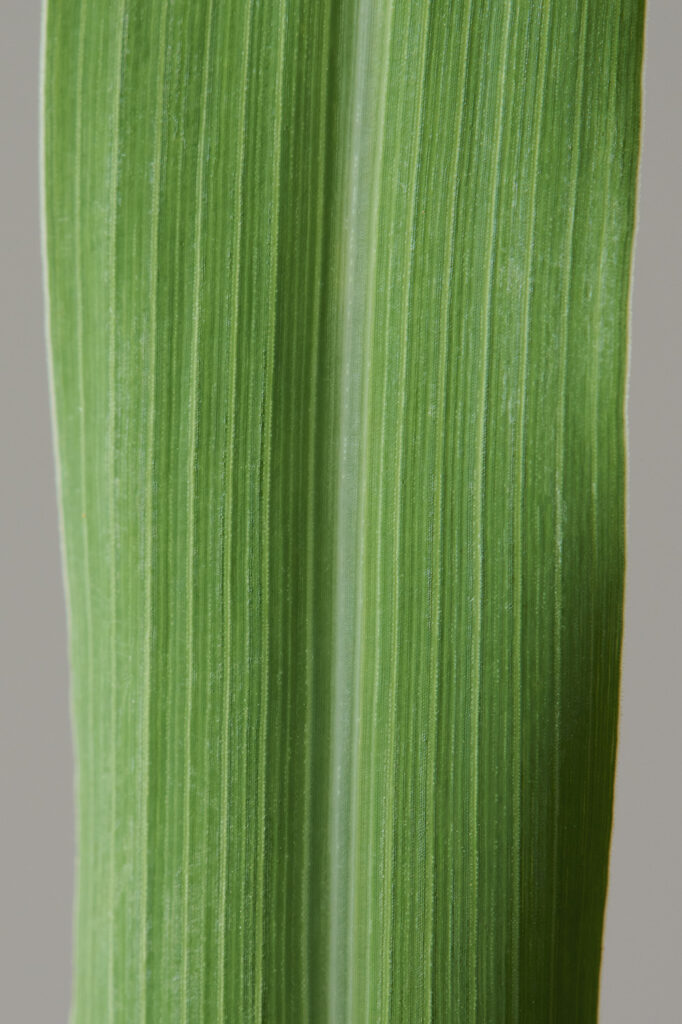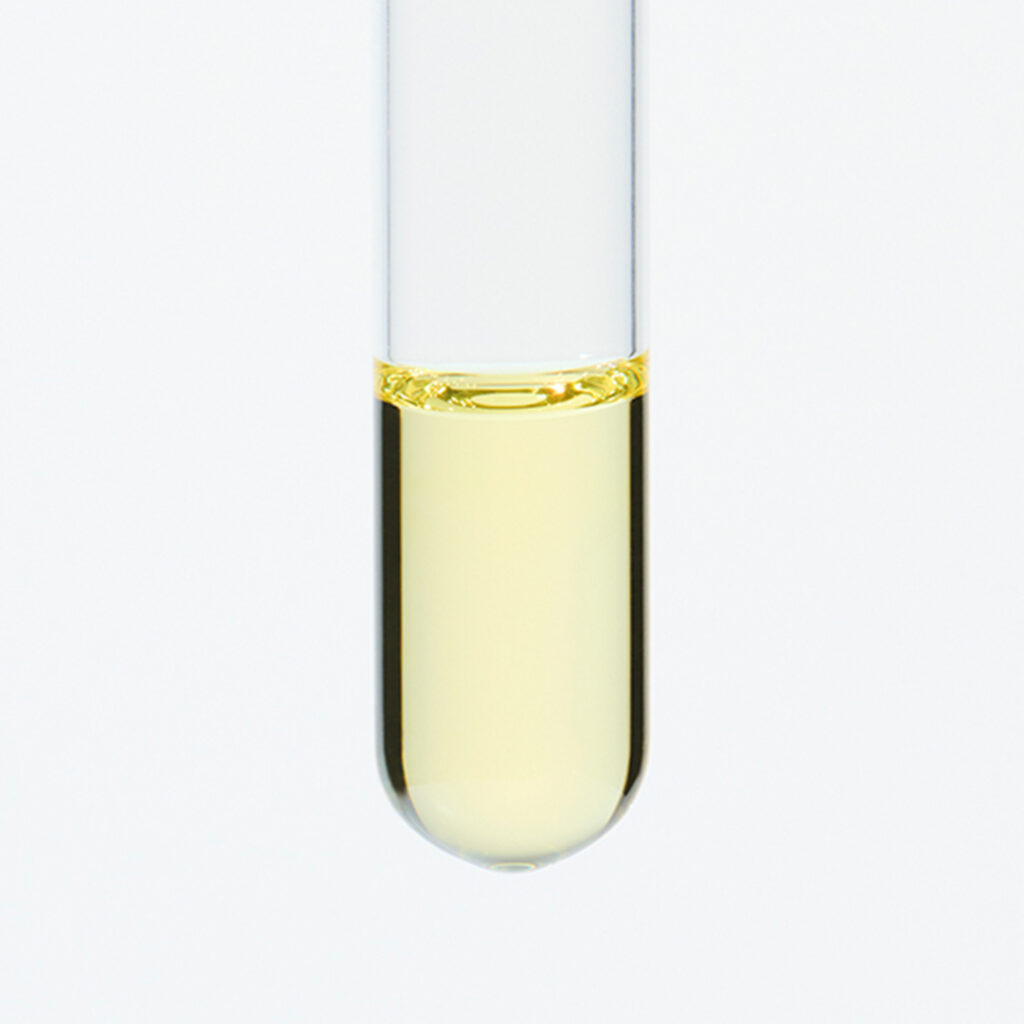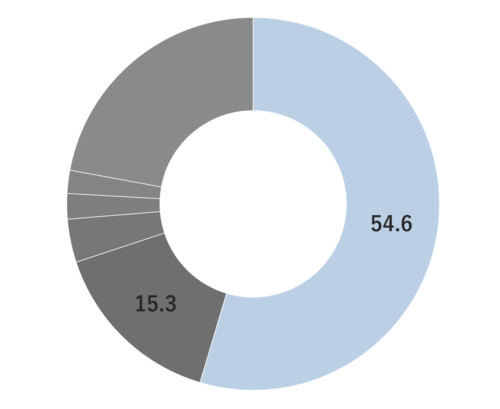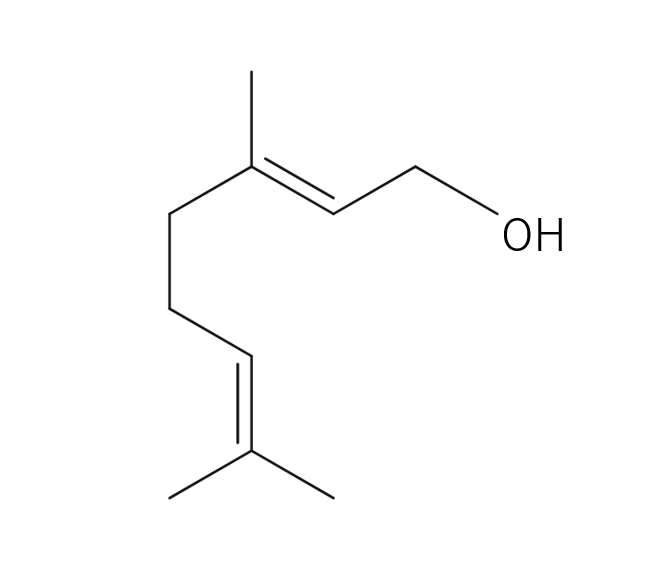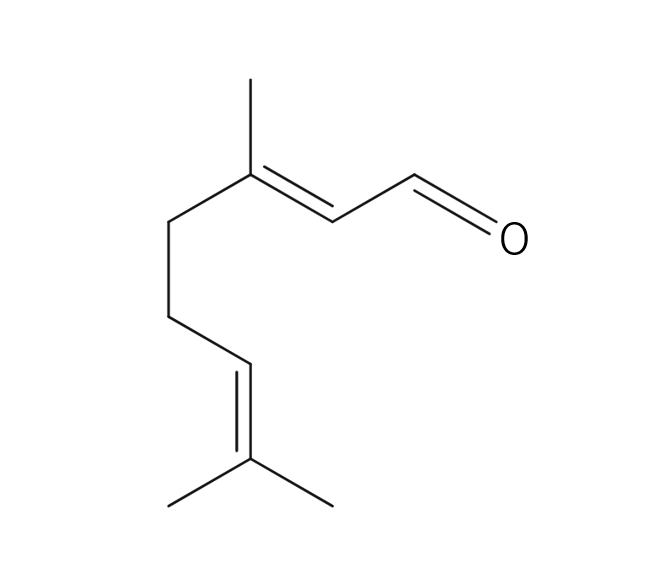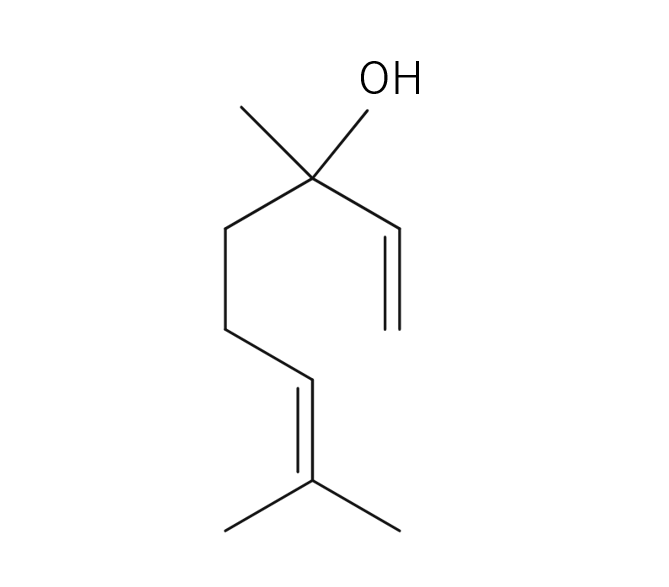Lemongrass essential oil is obtained from lemongrass leaves by steam distillation at about 0.4-0.5% efficiency, and it has a light yellow to light brownish color. The main component is citral, which is known for its anti-inflammatory and antiseptic properties, and the amount of oil extracted is slightly more efficient than other herbal essential oils. Its fragrance is reminiscent of citrus and lemon, featuring a dry, fresh, with a hint of green herbal aroma. Additionally, it possesses a deep, ginger-like undertone, contributing to its deep scent profile. This unique aroma profile often leads to its classification as either a citrus or spice aroma. Lemongrass essential oil blends harmoniously with a wide array of essential oils, particularly those with floral notes like Clary Sage and Geranium, as well as herbal scents like Peppermint. Due to its relitavely strong fragrance, it is advisable to add it gradually when blending to achieve a balanced scent.
